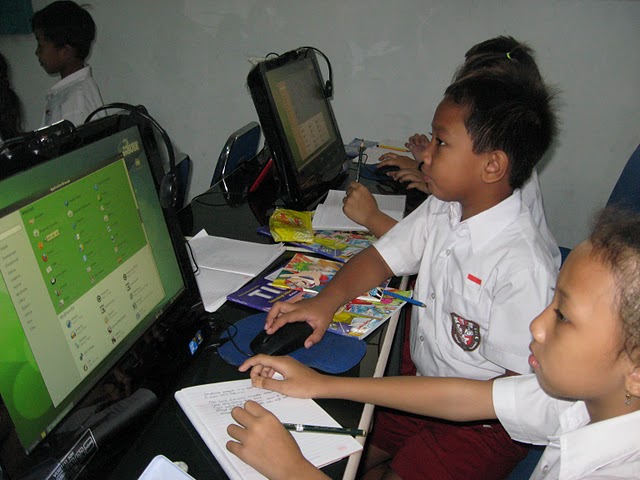The openSUSE Conference went really well last week. There was an amazing range of material and the audience’s participation in every talk I attended showed that the openSUSE project has moved past the show-and-tell presentations of a company and its customers to a community using the event to share knowledge between its members and develop. As part of the openSUSE Boosters team, I was in it up to my neck. On Wednesday I started with a talk on image building for application authors which was well attended but I think I should tweak towards users’ needs as there weren’t many app authors present. I gave a talk about the upcoming KDE features that will be in openSUSE 11.4 on Thursday, because openSUSE 11.3 had KDE 4.4 but due to the 3 month difference in both projects’ release cycles, openSUSE 11.4 will have the KDE 4.6 releases of platform, workspaces and apps. That equals a lot of changes, so I summarized them for people who don’t read Planet KDE as avidly as I do. The Lizard Lounge event in the SUSE building on Thursday night gave everyone a chance to catch their breath drinking limited edition Old Toad SUSE beer.
On Friday I gave a spontaneous BoF on KWin’s current and upcoming features. Can you name the four ways to show your desktop in 4.5? I only had 3 until a member of the audience pointed out a 4th. And yesterday I supported Chani’s workshop on developing for Plasma using Javascript and QML, which piqued the audience’s interest by showing how KDE’s high-level services like the Plasma applets framework and the KConfig configuration storage library add value to the glamour of QML and QGraphicsView. To enable all of the audience to participate, I’d prepared another live image, this time an SDK based on KDE trunk, Qt 4.7 and latest Qt Designer 2.0.1 with all the headers and developer docu on board. This paid off, as unlike at Akademy, most people didn’t have developer builds ready to go on their laptops. Within minutes we had copies booting from everyone’s USB sticks and people were working through the included git repository of tutorials prepared by Chani, making flags change colour on click and saving applet state using only a schema file and a Qt Designer config UI.
Unfortunately the talks weren’t recorded live, but a number of people who were in other tracks at the time have already asked me about the KDE talk so I’ll record it again and upload it for you, and Chani and I will polish the Plasma material and get it online at some point.
So having talked myself hoarse, I’m taking this week off to hack on upstream KDE code and get my plans there nailed down before the upcoming soft feature freeze. In the past I tend to notice the freezes once they are past (whoops!) meaning that my openSUSE work was doomed to sit in a branch until it could be integrated next release. I hope to get some Network Management features in now and work on polish across the desktop while I’m not handling bug reports, righting wrongs on the lists and fixing build failures. See you in a week.

